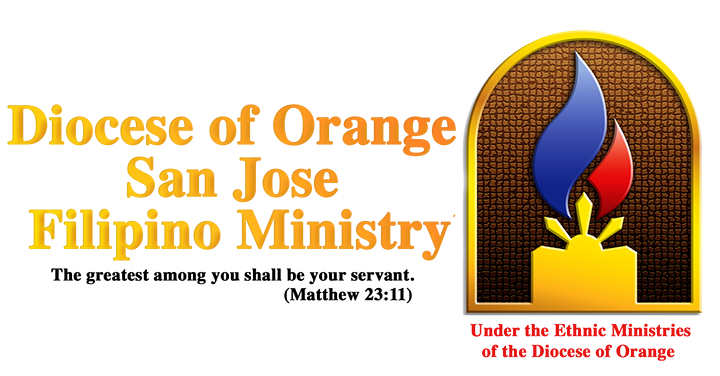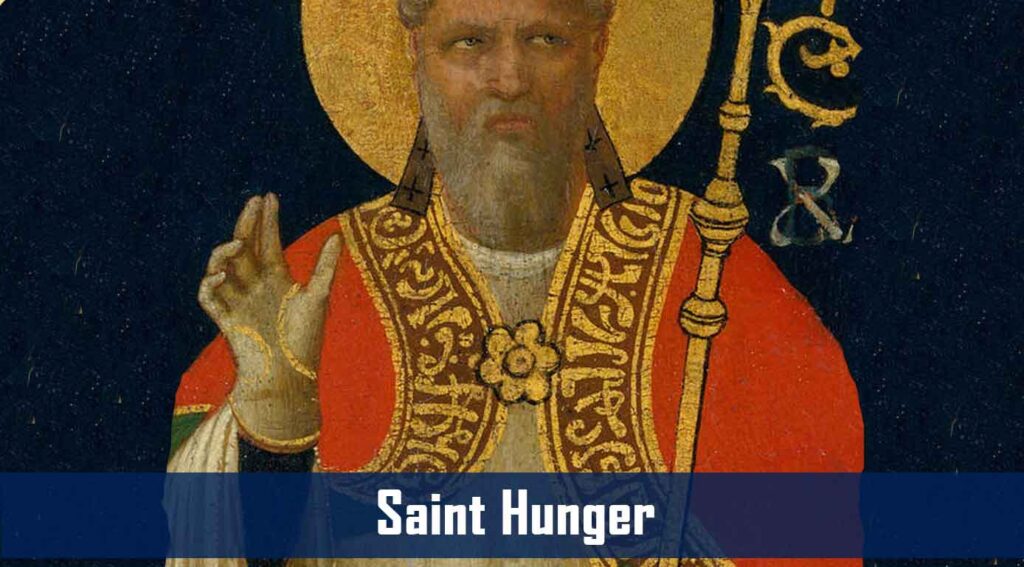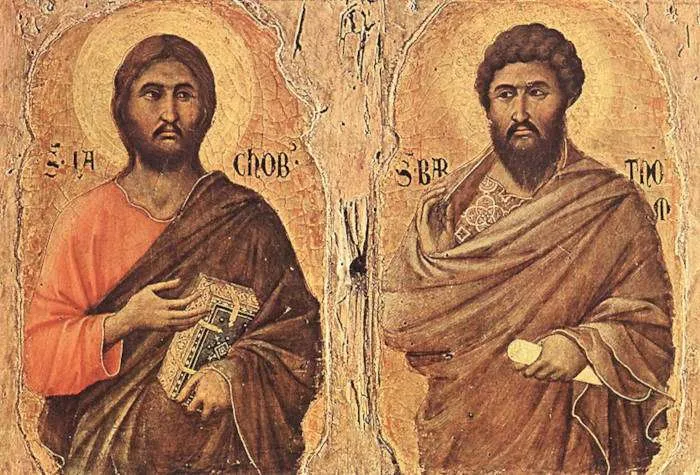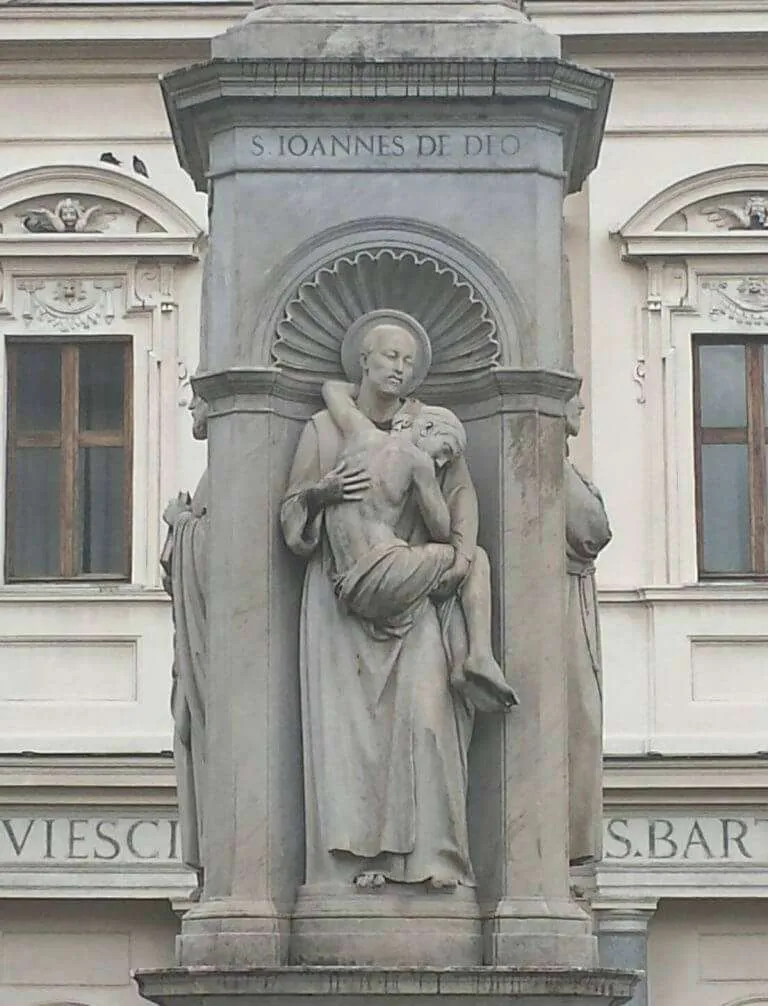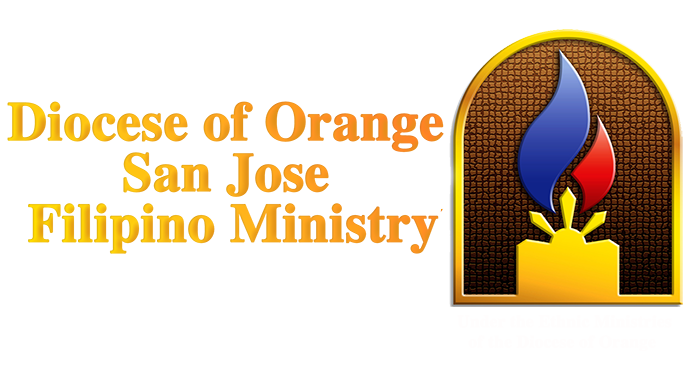1673–1716; Patron Saint of preachers; Canonized by Pope Pius XII on July 20, 1947
Louis Grignion was the second of eighteen children born to Jean-Baptiste and Jeanne Robert Grignion in the small town of Montfort-sur-Meu, northwest France. Several of their children died in infancy, including the firstborn, leaving Louis as the oldest of the surviving siblings. He was given the name Louis at his baptism and later added Marie to his name at his confirmation, a fitting name for one who would later become the definitive source on total consecration to Jesus through Mary.
Louis’ parents were strong Catholics. Three of their sons became priests, and two of their daughters became nuns. However, the family was not without difficulties. Louis’ father had a fierce temper, and Louis was often the recipient of his outbursts. His father longed for wealth and prestige, yet he could not pull the family out of poverty, which often left him frustrated. His father’s outbursts affected Louis such that he himself was tempted with the same vice throughout his life. Nonetheless, those who knew Louis as a child saw him as an “angelic boy” whose spiritual depth was beyond his years. His deep compassion for his mother, who also suffered from her husband’s outbursts, was also well noted. Perhaps it was this compassion for his mother that later led him to a profound devotion to the Blessed Mother.
When he turned twelve, Louis-Marie was sent to the nearby town of Rennes, where he entered a large free school run by the Jesuits. He remained there for about eight years and completed his elementary education, as well as courses in philosophy and theology. During those years, Louis lived a virtuous life, had a strong love for the poor and sick, practiced severe penances, became devoted to the Blessed Virgin Mary and the angels, and prayed often. His mother’s brother, a priest in Rennes, later remarked that Louis was so virtuous that he almost appeared “immune from Adam’s sin.” At that time, he also enjoyed listening to stories from a local priest about his missionary work as an itinerant preacher. This fueled a desire in Louis’ heart for the same.
In 1693, at the age of twenty, Louis’ dream of the priesthood moved forward. He received a scholarship from a benefactor to study in Paris at the famed Seminary of Saint-Sulpice. The school was about 200 miles away from his home, and his father wanted him to arrive in style. He offered Louis a horse, money, and new clothing. Louis, however, wanted to walk to Paris as penance and to do so in poverty, so he rejected the horse but reluctantly accepted the money and new clothing. On his journey, he gave away all his money to the poor, exchanged his new clothing for tattered rags, and begged for food. When he finally arrived in Paris, he discovered that the benefactor had not given enough money for him to enter and reside at Saint-Sulpice, so he obtained modest boarding elsewhere and instead attended school at Sorbonne University for the next two years. Though his meager accommodations and diet were penitential in and of themselves, he continued to add to these mortifications through his own acts of penance. Two years later, after recovering from a serious illness, he was able to move into the poorer accommodations offered at Saint-Sulpice and complete his studies while working at the school library.
As a librarian, Louis-Marie became very familiar with some of the greatest books of theology, especially on Mariology. His faith and devotional practices grew so strong that some of the worldly clergy ridiculed him, thinking him to be a fraud. His frequent visits to the chapel before and after every class, his profound devotion to Mary, his penances, and his loving devotion to the poor and infirm made him stand out. After completing his studies, he was ordained a priest but not given faculties to preach or hear confessions. Eventually, he was invited to assist a priest in Nantes, just south of where he grew up.
Over the next six years, Father Louis had a series of ups and downs. He was especially drawn to the poor and worked on and off as a chaplain at a hospital for the poor. On a spiritual level, his ministry was a great success and the people loved him, especially those who were poor. However, he continually met with opposition from some of the worldly clergy and the social elite, so he was forced to move over and over again, even being without an assignment for a year. Finally, in 1706, discouraged by his ministerial struggles, he decided to walk 1,000 miles to Rome to consult with the Holy Father. On June 6, he was granted an audience with Pope Clement XI who saw through the veneer of this impoverished beggar priest and perceived his God-given vocation. The Holy Father appointed him as Apostolic Missionary and sent him back to France.
Over the next ten years, Father Louis thrived in his new ministry. He began preaching missions from town to town, regularly performed miracles, encountered apparitions of our Blessed Mother, lived a life of extreme poverty and penance, constructed Calvary grottos to foster devotion, and won the hearts of countless people. He confronted the heresies of the day, rejoiced in every persecution he endured (even attempts on his life by heretics), and remained faithful to the commission he was given by our Lady through the pope. Though he continued to endure persecution from the local bishop and clergy, he pressed on. Toward the end of his life, Father Louis wrote a rule of life for a community of priests and brothers, but that community was never fully established before his death. In the years after his death, however, the seeds he planted evolved into two strong communities that continue to thrive today: the Daughters of Wisdom and the Company of Mary.
His most enduring legacy would not become known to the Church for more than a century after his death. During his life, Father Louis wrote several books and many hymns. His books remained unknown until April 22, 1842, when a priest of the community he founded discovered the manuscripts in an old trunk. Soon after, his writings on the Blessed Virgin Mary, especially True Devotion, Secrets of Mary, and Secrets of the Rosary, became among the most widely loved and influential Marian books ever written. Since then, six popes have honored Saint Louis de Montfort and praised his writings and virtues. Saint Pope John Paul II even took his papal motto from the saint’s writings: Totus Tuus, “totally yours.”
Saint Louis de Montfort lived for “God alone” by consecrating himself totally to God through the instrumentality of the Blessed Virgin Mary. He was poor, penitential, devout, and fully committed to the salvation of souls and the care of the poor. Miracles accompanied his ministry, and, when the time was right, the Holy Spirit introduced the Blessed Virgin Mary more fully to the world through him.
As we ponder this great saint today, reflect upon your own devotion to our Blessed Mother. Saint Louis believed that the quickest and safest way to Jesus was through the Blessed Mother. Consider reading through his consecration found in his work, True Devotion, so that Saint Louis’ profound faith will also spark deep faith in your life.
Source: https://mycatholic.life/saints/saints-of-the-liturgical-year/april-28-saint-louis-grignon-de-montfort-priest/
